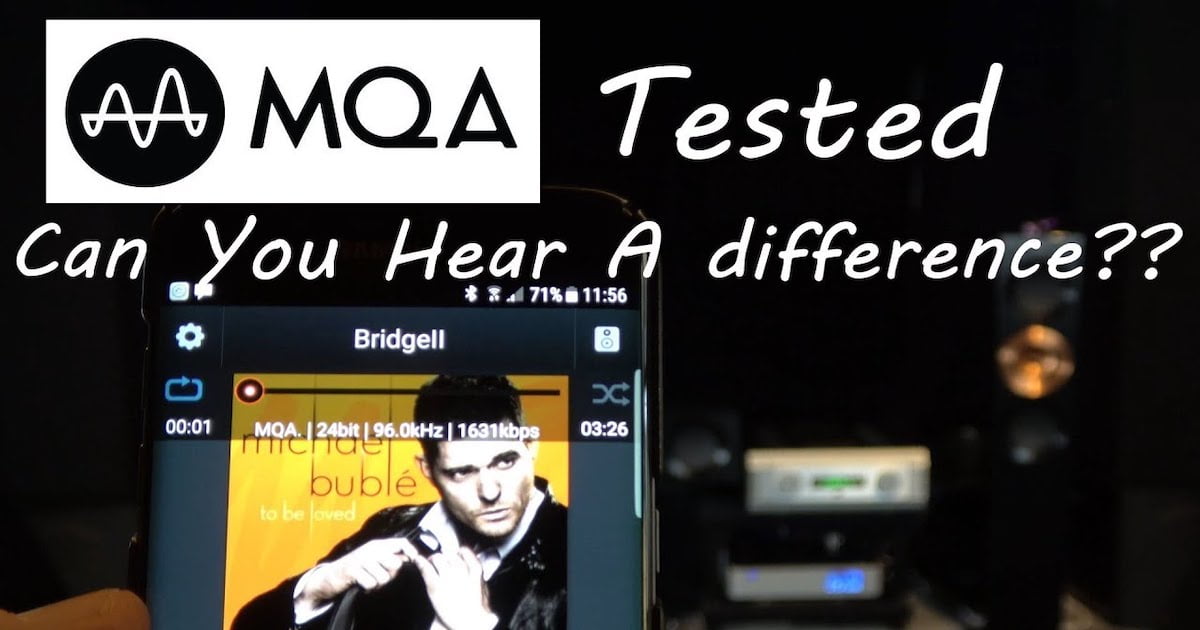It’s the time of year for saving money!
When I first started-out as a kid Hi-Fi Crazy, I was about as orthodox as it’s possible to be. Part of it came from simply the fact that, at twelve years old, you’re accustomed to people knowing more than you do and to accepting what they say as true. (It wasn’t until some years later that I fell prey to the common young man’s fallacy of thinking that I knew EVERYTHING, and that anybody who didn’t agree with me must obviously be wrong).
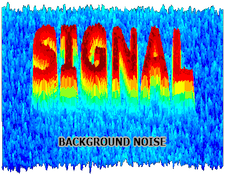 Being a kid, I had no money, so, other than scrounging whatever I could by way of a sound system and trying to modify it to make it sound as good as possible, Hi-Fi remained for me (until later, when I actually had some money to put into it) pretty much a fantasy “sport” (Don’t blame me for that description; the idea of Hi-Fi as a sport was first put forth by Anthony Cordesman in The Absolute Sound) and I did what all of us fantasy sportsmen do: I learned as much as I could about audio, its equipment, and its great designers and great companies, and I daydreamed about the perfect System.
Being a kid, I had no money, so, other than scrounging whatever I could by way of a sound system and trying to modify it to make it sound as good as possible, Hi-Fi remained for me (until later, when I actually had some money to put into it) pretty much a fantasy “sport” (Don’t blame me for that description; the idea of Hi-Fi as a sport was first put forth by Anthony Cordesman in The Absolute Sound) and I did what all of us fantasy sportsmen do: I learned as much as I could about audio, its equipment, and its great designers and great companies, and I daydreamed about the perfect System.
My learning process consisted – as it has for so many of us – of hanging-out at (although Valley Electronic Supply remained my favorite) all of the local Hi-Fi shops that (at least until I turned sixteen and got my first car) I could get to by bicycle, by public transportation, or by cadged rides from other, older, kid Hi-Fi Crazies or anyone else I could get to drive me. Once there, I listened-in on as many demonstrations as I could, added every new piece of product literature to my collection, and chatted-up all of the sales people and anybody else that I thought might be able to teach me something.
I also read every book I could find on the subject, read every article on Hi-Fi in Popular Mechanics, Popular Science, Consumer Reports, and the mainstream press, and, as they came out or as I learned of them, I subscribed to all of the then-growing number of Hi-Fi magazines (Audio, High Fidelity, Hi-Fi Review [later to become Hi-Fi and Stereo Review, and, finally, just Stereo Review])
And what did I learn from all of that great pile of printed paper? Specifications and prices. None of the publications of the day – not even Consumer Reports – ever said anything about the SOUND of any of the things they wrote about – that didn’t happen until Stereophile came out in 1962 — and there’s even an apocryphal-but-still-probably-true story that the word “sound” never once appeared in the pages of High Fidelity magazine. Even so, all of the magazines DID tell you about specifications and prices.
The result was that I learned that frequency response was supposed to be “flat”, at least from 50 to 15,000 cycles per second (it wasn’t until later that it became 20 to 20,000 and “cycles per second” [CPS] became Hertz [Hz]); I learned what Harmonic Distortion (HD, as in THD, “Total Harmonic Distortion) and Intermodulation Distortion (IM) were, and that they were supposed to be as low as possible; I learned what S/N (signal-to-noise ratio) was, and that it was supposed to be as HIGH as possible; and I learned that woofers were supposed to be big and tweeters small, and that, for either one, the heavier the Alnico 5 magnet, the better.
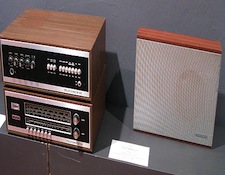 With a vast trove of learned prices and memorized specifications, I dreamed of utterly straight-line frequency response curves; of zero percent distortion; and of S/N ratios still impossible even today. Later, when stereo came along, I added dreams of perfect imaging and soundstaging – things that, in the earlier “mono” era, no one could even imagine.
With a vast trove of learned prices and memorized specifications, I dreamed of utterly straight-line frequency response curves; of zero percent distortion; and of S/N ratios still impossible even today. Later, when stereo came along, I added dreams of perfect imaging and soundstaging – things that, in the earlier “mono” era, no one could even imagine.
The fact, though, was that my dreams were just dreams, and bore little resemblance to reality: Flat, broad-band frequency response and near-zero distortion – at least in a system’s electronics – were proven to matter little when solid-state amps, with vanishingly small distortion specs and bandwidths flatter and FAR broader than even those possible from the very best output transformers (solid-state amps typically don’t use output transformers) came along and, in many instances, tubes – with limited bandwidth and as much as 2% distortion – still sounded better. Even in speakers, it turned-out that the very best-sounding ones WEREN’T necessarily those with the very best “specs”.
It also turned-out, on speakers, that “true omnidirectional radiators” (the things that I, after “going stereo” had imagined most likely to be the very best possible solution for perfect spatial presentation) were not necessarily any better than anything else, and could prove to be a real problem with room reflections.
]]>When the very first digital audio recorder was announced in 1967, even though it was only 12 bits, recorded on magnetic tape, and had limited dynamic range, I and, indeed, the bulk of the audiophile community looked to it as the ultimate breakthrough, offering, eventually, absolutely flat frequency response and an effectively infinite S/N ratio (Hey, it just reads the numbers and ignores the noise). Again, we were (okay, I was) wrong, and when, in 1982, CDs were introduced, although the powers-that-be announced them to offer “perfect sound forever”, and they DID offer some improvement in S/N ratio (notably the elimination of LP ticks, pops, and groove noise) they didn’t sound very good.
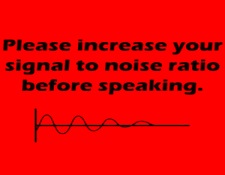 Through all of this, I, and every other audiophile I knew, had relied on the reviewers for the various magazines (at least the subjective ones) to be our “scouts” and guides to the very best products and technologies available: We all assumed that, as industry insiders, they must have superior and advanced information and that, even just to have been selected as reviewers, they must have “golden ears”, vast experience, superior analytical and communications skills, and a truly “reference-quality” home reference System for doing their review comparisons.
Through all of this, I, and every other audiophile I knew, had relied on the reviewers for the various magazines (at least the subjective ones) to be our “scouts” and guides to the very best products and technologies available: We all assumed that, as industry insiders, they must have superior and advanced information and that, even just to have been selected as reviewers, they must have “golden ears”, vast experience, superior analytical and communications skills, and a truly “reference-quality” home reference System for doing their review comparisons.
When, in 1989 and 1990, I became, respectively, a reviewer for Sounds Like… Magazine and Editor of Sounds Like…News, I had the opportunity to meet, work with, and visit the homes and hear the Systems of many of the top reviewers for many of the top magazines of the day. Guess what — although they were a wonderful group of people, and deeply devoted audiophiles, all, I found that “golden ears” were no more the norm with them than with anybody else; that their experience was often no greater than mine; and that their systems and analytical skills ran the full gamut from unspeakably good to just plain unspeakable. Even the writing skills of some of them – as I found when they submitted materials to Sounds Like… News, could stand improvement.
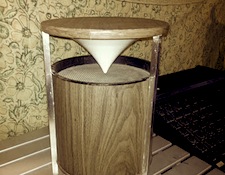 That’s when, as hopefully YOU will do now, I stopped relying on what I had “learned” from the “experts”, ignored the “specs”, abandoned such common-sense silliness as that “wires is wires” and that “all _____ (fill the blank with whichever component you want) sound the same” and started doing my own listening and my own investigation into what really works, and why.
That’s when, as hopefully YOU will do now, I stopped relying on what I had “learned” from the “experts”, ignored the “specs”, abandoned such common-sense silliness as that “wires is wires” and that “all _____ (fill the blank with whichever component you want) sound the same” and started doing my own listening and my own investigation into what really works, and why.
That’s also why, after Tony DiChiro (then President of Kinergetics) demonstrated to me that cables (and connectors and power supplies, and even digital buffer chips) DO sound different, I was able to set aside the “knowledge” and prejudice of years of orthodoxy and get into the basic research that eventually led to my becoming – radical of radicals — a cable designer and the founder of XLO.
You can do the same. Don’t believe me; don’t believe anything but your own ears and your own judgment. Then GO FOR IT! Think how much more satisfying that will be.





